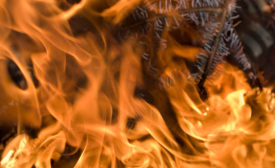Home » adhesives in automotive
Articles Tagged with ''adhesives in automotive''
Acrylic Pressure-Sensitive Adhesives
Novel, all-acrylic pressure-sensitive adhesive compositions with inherently lower surface energy display significantly improved adhesion to LSE substrates such as polyethylene and polypropylene.
September 1, 2011
Fire-Retardant Adhesives
This article examines the external events that have led to greater awareness of adhesives’ performance in the event of a fire, the standards and regulations that are being imposed, and the development of new fire-resistant materials.
November 1, 2007
Keep the info flowing with our eNewsletters!
Get the latest industry updates tailored your way.
JOIN TODAY!Copyright ©2025. All Rights Reserved BNP Media.
Design, CMS, Hosting & Web Development :: ePublishing

